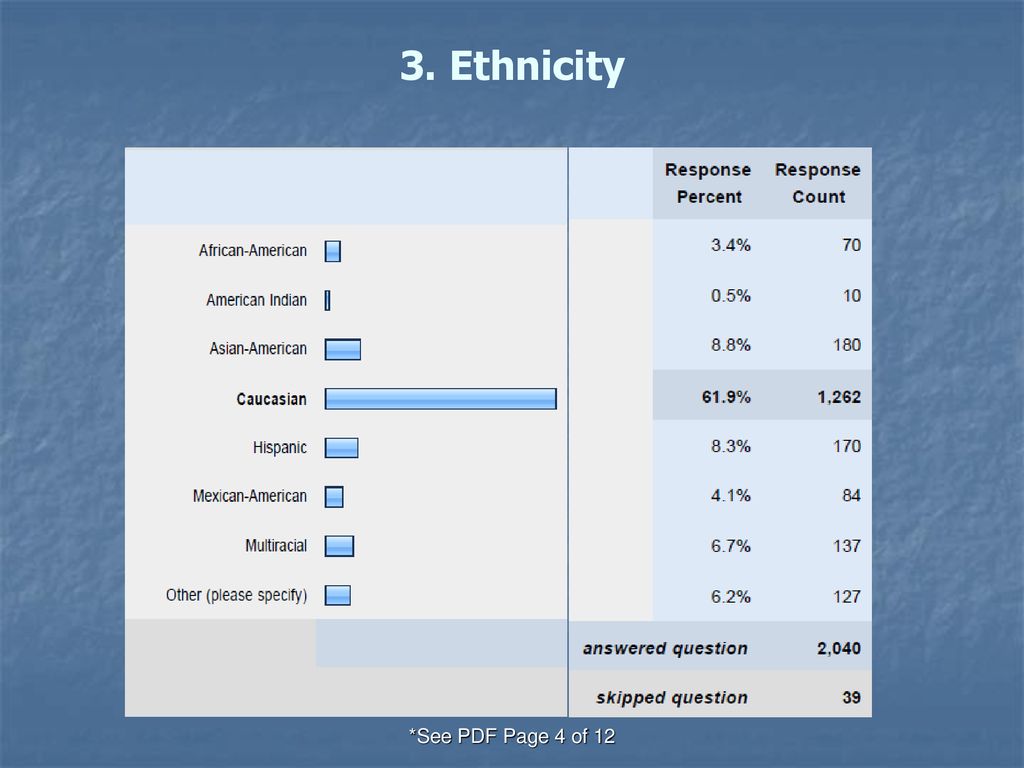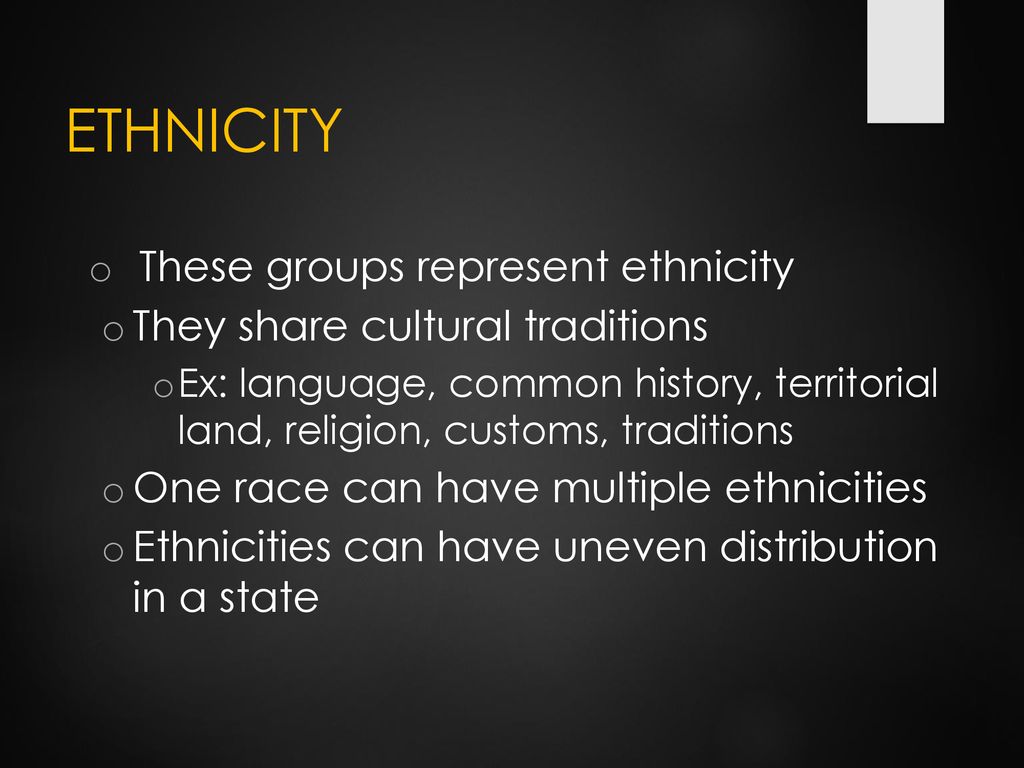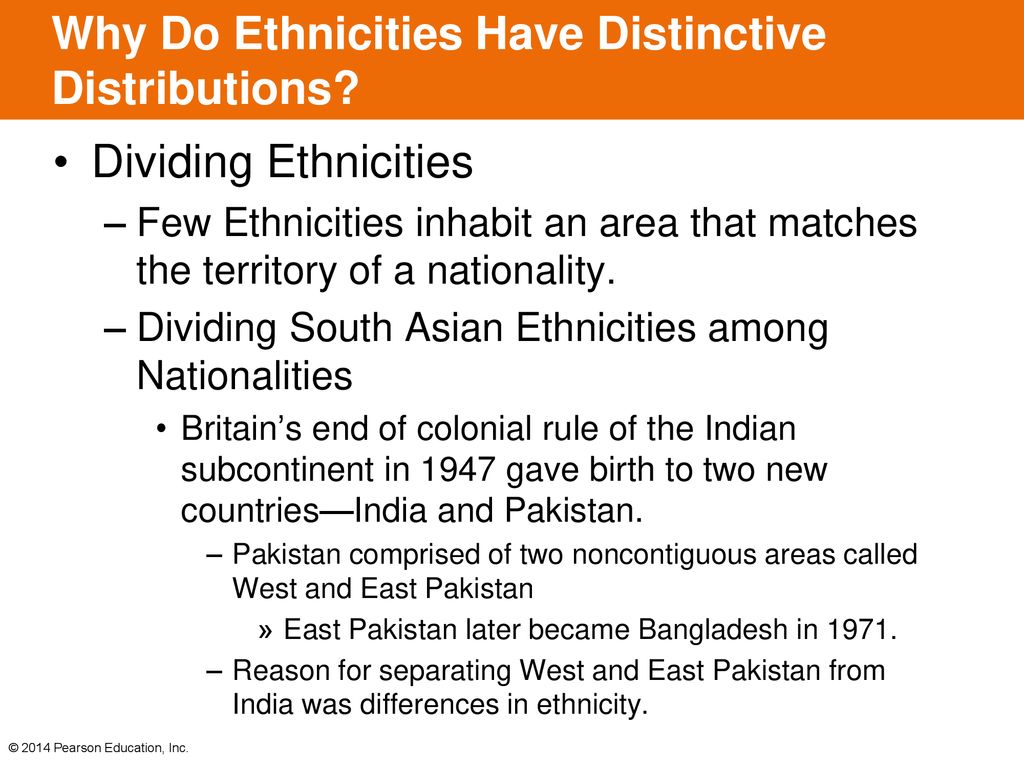Unpacking the Distinction: Race vs Ethnicity Explained
Table of Contents
- DECEMBER 4, 2017 Turn in One Pager Get out stuff for Map Quiz Ethnicity ...
- Premium Photo | A group of people with various ethnicities
- Premium AI Image | Diverse ethnicities AI generation
- Key Issues Where are ethnicities distributed? Why do ethnicities have ...
- A Parent Training and Information Center Collaboration - ppt download
- Premium Vector | Different Ethnicities in Large Group
- 20 Captivating Facts About Ethnicity - Facts.net
- Premium AI Image | Portraits of people of different ethnicities and ...
- Ā mātou mahi | What we do | Ministry for Ethnic Communities
- Ethnicity Presentation



Defining Race and Ethnicity

Race refers to the physical characteristics that distinguish one group of people from another, such as skin color, hair texture, and facial features. It is often associated with biological and genetic differences. On the other hand, ethnicity encompasses a broader range of factors, including cultural heritage, language, traditions, and national origin. Ethnicity is a social construct that goes beyond physical appearance, embracing the shared history, customs, and values of a particular group.


The Intersection of Race and Ethnicity

While race and ethnicity are distinct concepts, they can intersect and influence one another. For instance, a person may identify as Black (a racial category) and also be of African American or Afro-Caribbean ethnicity. This intersectionality is crucial, as it acknowledges the complexity of individual identities and experiences. Moreover, it highlights the importance of considering both race and ethnicity when addressing issues like discrimination, inequality, and social justice.


Breaking Down Stereotypes and Misconceptions
One of the primary challenges in understanding the difference between race and ethnicity is the prevalence of stereotypes and misconceptions. For example, assuming that all people of a certain ethnicity share the same physical characteristics or cultural practices can be misleading and inaccurate. Additionally, conflating race and ethnicity can lead to oversimplification and neglect of the unique experiences and challenges faced by different groups. By recognizing and challenging these stereotypes, we can work towards a more nuanced and inclusive understanding of identity.

The Significance of Understanding Race and Ethnicity
Recognizing the distinction between race and ethnicity has far-reaching implications for individuals, communities, and society as a whole. It can help to:
- Promote diversity and inclusion by acknowledging and valuing the unique experiences and perspectives of different racial and ethnic groups.
- Address and combat discrimination, racism, and xenophobia by understanding the complex factors that contribute to these issues.
- Foster empathy and understanding by recognizing the shared humanity and commonalities that exist across racial and ethnic boundaries.
In conclusion, the distinction between race and ethnicity is a critical aspect of understanding identity, promoting inclusivity, and addressing social justice issues. By recognizing the nuances and complexities of these concepts, we can work towards a more equitable and compassionate society. As we continue to navigate the complexities of identity, it is essential to approach these discussions with empathy, humility, and an openness to learning and growth. By doing so, we can create a more just and inclusive world for all.
Visit wth.pages.dev to learn more about the importance of understanding and respecting diversity in all its forms.